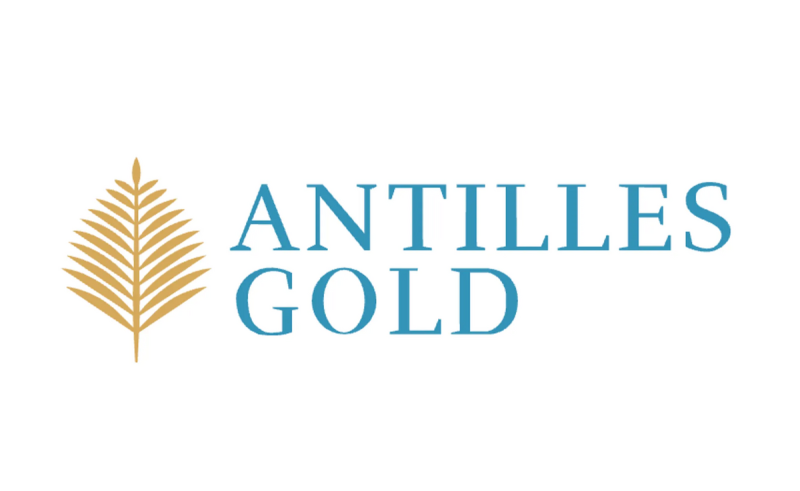The El Pilar porphyry copper system in Cuba is a significant deposit that has attracted attention from geologists and mining companies due to its vast mineral potential. This article aims to provide a technical evaluation of the geological setting, mineralization style, and exploration potential of the El Pilar deposit.
Geological Setting:
The El Pilar porphyry copper system is located in the central part of the island of Cuba, within the Sagua-Baracoa Fold and Thrust Belt. This geological setting is characterized by the presence of volcanic and sedimentary rocks that have been intensely deformed and intruded by various igneous bodies. The formation of the porphyry copper deposit at El Pilar is closely related to the emplacement of granodiorite and diorite intrusions within the host rocks.
Mineralization Style:
The mineralization at El Pilar is primarily characterized by disseminated chalcopyrite and bornite mineralization within a quartz-diorite porphyry stock. The copper mineralization is associated with potassic alteration assemblages, including biotite and potassium feldspar, indicative of a typical porphyry copper system. Additionally, elevated concentrations of molybdenum and gold have been observed in association with the copper mineralization, adding economic value to the deposit.
Exploration Potential:
The exploration potential of the El Pilar porphyry copper system is significant, with opportunities for further resource expansion and evaluation. Ongoing exploration efforts, including detailed geological mapping, geochemical sampling, and geophysical surveys, have revealed the presence of additional mineralized zones and extensions of the known mineralization. These exploration activities highlight the potential for increasing the overall size and grade of the deposit through targeted drilling programs.
Challenges:
Despite the promising mineral potential of the El Pilar deposit, several challenges need to be addressed in future exploration and development efforts. The complex geological setting, including intense deformation and multiple intrusions, presents challenges in accurately defining the geometry and continuity of the mineralized zones. Additionally, the remote location of the deposit and limited infrastructure in the region may pose logistical challenges for future mining operations.
Conclusion:
In conclusion, the El Pilar porphyry copper system in Cuba represents a significant mineral deposit with potential for further resource expansion and evaluation. The geological setting, mineralization style, and exploration potential of the deposit underscore its importance in the region’s mineral wealth. Continued exploration efforts and technical evaluations will be essential to unlock the full economic potential of the El Pilar deposit and to contribute to the development of the mining sector in Cuba.

